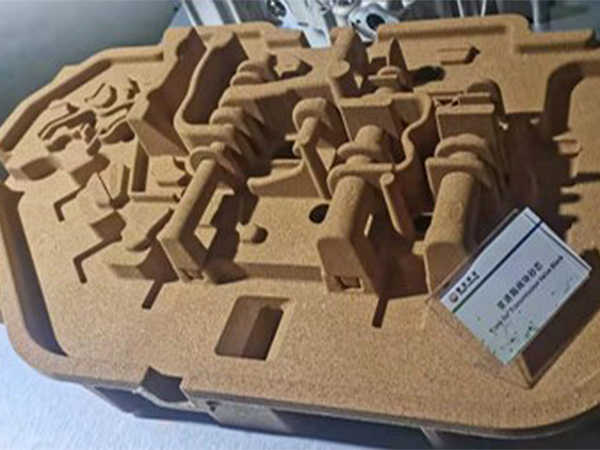The Versatility of Sand Casting Products Made from a Timeless Technique
Sand casting, one of the oldest and most versatile metal casting techniques, has been a cornerstone of manufacturing for centuries. This process involves creating a mold from a mixture of sand, clay, and water, into which molten metal is poured to form a variety of products. Its applications span numerous industries—from automotive and aerospace to art and construction. Below, we explore the diverse products made from sand casting, highlighting its importance in modern manufacturing.
1. Automotive Components
The automotive industry is a major user of sand casting, producing a vast array of components that are critical for vehicle performance and safety. Parts such as engine blocks, cylinder heads, and transmission cases are commonly made using this technique. The ability to create complex shapes and detailed designs allows for lightweight yet robust components, enhancing fuel efficiency and overall vehicle performance. Additionally, sand casting allows for the use of various metals, including aluminum, iron, and magnesium, catering to specific engineering requirements.
2. Aerospace Parts
In aerospace manufacturing, the precision and reliability of components are paramount. Sand casting is employed to produce intricate parts such as turbine housings, fuel components, and landing gear assemblies. The aerospace industry often utilizes high-performance alloys that can withstand extreme temperatures and pressures. Sand casting meets these demands effectively, enabling manufacturers to produce lightweight structures without compromising on strength or durability. As the aerospace sector continues to evolve, the use of advanced sand casting techniques remains integral to developing new aircraft designs.
Industrial machinery relies heavily on sand casting to create parts that endure high levels of stress and wear. Components such as pump housings, gearboxes, and valves are often produced through this method. The durability and adaptability of sand-cast components make them ideal for a range of industrial applications. Furthermore, sand casting allows for the economical production of large parts that can be difficult to manufacture using other methods, making it a go-to choice for many manufacturers.
what products are made from sand casting

4. Art and Sculpture
Beyond industrial applications, sand casting also plays a significant role in the world of art. Sculptors and artisans utilize sand casting to create bronze statues, decorative items, and unique art pieces. The process allows artists to capture intricate details and textures that contribute to the visual appeal of their work. Sand casting not only provides artists with a method to produce limited editions but also enables them to explore larger-scale creations that would be challenging to achieve otherwise.
5. Construction Industry
In the construction sector, sand casting is instrumental in producing architectural elements and structural components. From decorative facades to functional pieces like steel brackets and beam supports, sand casting ensures that these materials meet both aesthetic and safety standards. The ability to customize molds according to project specifications means that unique designs can be achieved, contributing to the overall character of the building.
6. Consumer Products
The versatility of sand casting extends to the production of various consumer products. Items such as cookware, garden ornaments, and furniture can be made using this method. Cast iron skillets, for example, are prized for their durability and heat retention, attributes made possible through sand casting. Such products not only serve functional purposes but also add an element of design to everyday life.
Conclusion
Sand casting remains a vital technique in the manufacturing landscape, demonstrating unparalleled versatility and adaptability. The range of products produced through this method is vast, impacting various sectors from automotive to art. As technology advances, sand casting processes are continually refined, allowing for increased precision and efficiency. Whether for functional components, artistic endeavors, or consumer goods, sand casting illustrates the enduring relevance of traditional manufacturing practices in a modern context. The future holds great potential for this cherished technique, ensuring that it will continue to mold our world in creative and practical ways for years to come.
Post time:Dec . 19, 2024 09:49
Next:sanding 3d resin prints
